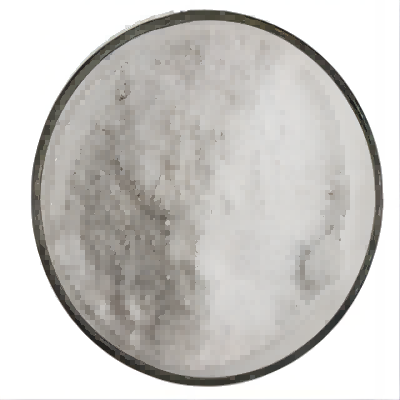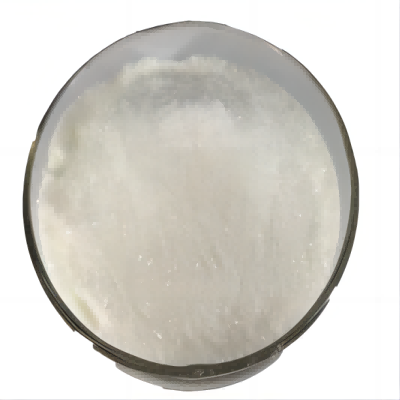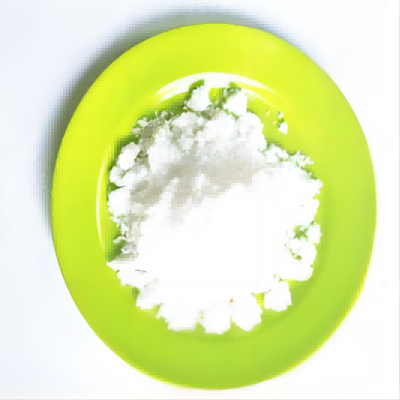1,4-DIPHENYL-3-THIOSEMICARBAZIDE CAS:1768-59-8
1,4-Diphenyl-3-thiosemicarbazide has several significant applications in pharmaceutical research, organic synthesis, and the study of biological activities. One of the key uses of 1,4-diphenyl-3-thiosemicarbazide is in the development of novel therapeutic agents. The compound can undergo various chemical transformations to form thiosemicarbazones, which are known for their broad spectrum of biological activities. Researchers often investigate these derivatives for their potential as antimicrobial agents, targeting a range of pathogens including bacteria and fungi. This application is particularly relevant in the context of increasing antibiotic resistance, where new antimicrobial compounds are urgently needed. In addition to its antibacterial properties, thiosemicarbazone derivatives synthesized from 1,4-diphenyl-3-thiosemicarbazide have shown promising anticancer activity. Studies indicate that certain derivatives can induce apoptosis in cancer cells and inhibit tumor growth, making them candidates for further investigation in cancer treatment modalities. The versatility of this compound allows for structural modifications that can enhance its efficacy and selectivity against specific cancer types. Moreover, 1,4-diphenyl-3-thiosemicarbazide is used in the synthesis of coordination complexes with transition metals. These complexes have applications in catalysis and materials science, where they can be utilized in developing new catalysts for organic reactions or in creating functional materials with unique properties. In addition to its synthetic capabilities, the compound also serves as a valuable tool in biological research. Its derivatives are often employed in studies to explore mechanisms of action for various biochemical pathways, contributing to a deeper understanding of cellular processes and disease mechanisms. Furthermore, in educational settings, 1,4-diphenyl-3-thiosemicarbazide can be used to demonstrate fundamental concepts in organic synthesis and pharmacology, allowing students to engage with real-world applications of chemistry. While 1,4-diphenyl-3-thiosemicarbazide presents numerous opportunities for research and development, handling should be approached with caution due to potential hazards associated with its use. Proper safety protocols are essential to mitigate risks in laboratory environments. Overall, this compound continues to be a useful entity in both medicinal chemistry and materials science, highlighting its significance in advancing health and technology.



| Composition | C13H12N4S |
| Assay | 99% |
| Appearance | white powder |
| CAS No. | 1768-59-8 |
| Packing | Small and bulk |
| Shelf Life | 2 years |
| Storage | Store in cool and dry area |
| Certification | ISO. |









